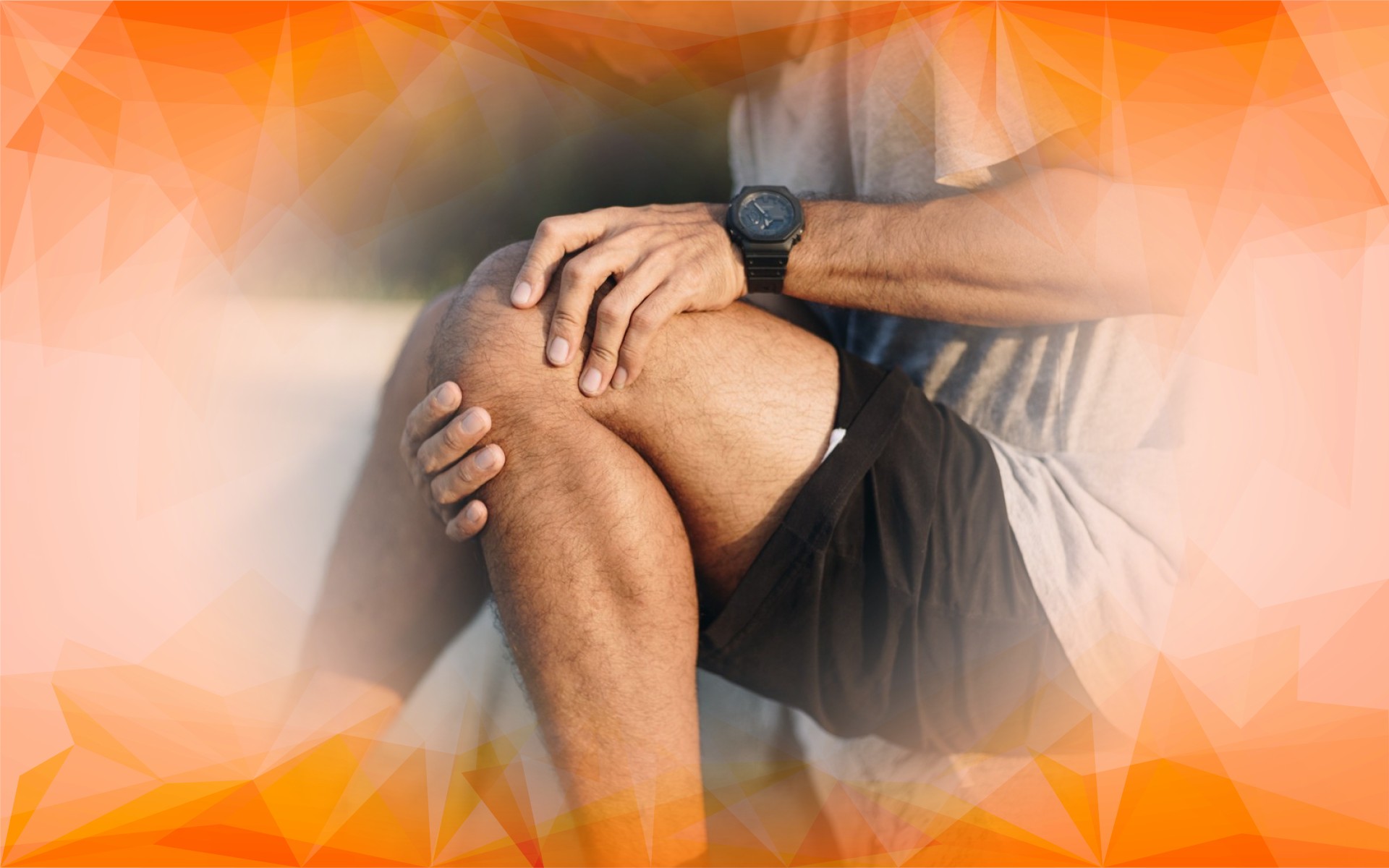Introduction
Severe knee osteoarthritis, often called ‘bone-on-bone’ pain, happens when the cushioning cartilage in the knee joint has worn away almost completely. This can cause intense pain and significantly limit mobility. Understandably, both patients and healthcare professionals are eager to find effective ways to manage this advanced condition. A common question is whether gel injections—also known as viscosupplementation or hyaluronic acid injections—really provide meaningful relief at this stage. In this article, we’ll explore the evidence behind these treatments and offer straightforward advice to help you make informed choices about your knee care .
What Are Gel Injections and How Do They Work?
Gel injections involve placing hyaluronic acid—a substance naturally found in healthy joint fluid—directly into the knee. The goal is to replace or supplement the thin, less effective joint fluid that comes with osteoarthritis, helping to lubricate the joint and cushion bone surfaces during movement. In earlier stages, this can reduce friction and ease pain. However, with ‘bone-on-bone’ osteoarthritis, where cartilage loss is severe or complete, the joint environment changes dramatically. People with this level of degeneration often turn to these injections hoping to relieve pain and improve function, even though the natural cartilage designed to protect the joint is no longer there.
What Does the Evidence Tell Us About Gel Injections for Bone-on-Bone Knees?
Scientific studies show mixed results when it comes to the effectiveness of gel injections in advanced knee osteoarthritis. While some people do see short-term pain relief, the benefits tend to be modest and often don’t last long, particularly in cases where cartilage is almost entirely gone. Research suggests that patients with moderate cartilage loss have better chances of improvement than those with full ‘ bone-on-bone ’ contact.
More recently, new types of gel, such as polyacrylamide hydrogel (PAAG), have been introduced. A recent review described PAAG as “an effective and safe treatment option for knee osteoarthritis, with positive results lasting at least two years.” Another study comparing PAAG with traditional hyaluronic acid found that “PAAG showed better results in people under 70, those with a normal body weight, and patients with less severe cartilage damage,” although for the most advanced cases, traditional hyaluronic acid was sometimes more beneficial (Bliddal et al., 2023).
In addition, research comparing PAAG to both hyaluronic acid and corticosteroid injections found that “while PAAG offers comparable short-term effectiveness and some advantage at six months, its long-term superiority is limited.” Interestingly, at 12 months, the benefits of hyaluronic acid and corticosteroids often returned to baseline, but PAAG maintained slight improvements, suggesting it might provide a modestly longer-lasting effect (Aykaç et al., 2025).
Still, it’s important to remember that these injections are best viewed as a way to manage symptoms temporarily—not as a cure for severe knee osteoarthritis .
What Affects How Well Gel Injections Work? Managing Expectations
The success of viscosupplementation can depend on many factors, such as your age, weight, activity level, and how much cartilage remains in your knee. Generally, younger patients with less severe osteoarthritis tend to experience better relief. It’s also important to clear up common misunderstandings: gel injections do not regrow cartilage, nor do they guarantee pain relief for everyone with ‘ bone-on-bone ’ knees. Instead, they should be seen as one tool in managing symptoms. Being realistic about what these treatments can achieve will help you avoid disappointment and better prepare for your treatment journey.
Other Options to Consider Alongside or Instead of Gel Injections
For those with severe knee osteoarthritis, a combination of treatments often works best. Pain relief through medications and physiotherapy is usually the foundation. Other injections, like corticosteroids, may provide short-term relief, while surgery—such as knee replacement—is sometimes the most effective long-term solution. Gel injections can be part of a broader plan, either to ease symptoms temporarily or to put off surgery a little longer, but they aren’t a standalone fix or guaranteed long-term solution.
Getting Ready for Your Doctor’s Visit: Questions to Ask
Going into consultations well-prepared can help you have more meaningful discussions about your knee treatment. If you’re considering gel injections, you might ask: What kind of improvement can I realistically expect? How bad is my cartilage loss , and how does that affect my chances of benefit? Are there other treatments suitable for me? What risks or benefits should I be aware of? Discussing these points openly encourages shared decision-making and helps ensure your treatment aligns with your goals and expectations.
Conclusion
In summary, gel injections can offer relief for some people with bone-on-bone knee osteoarthritis, but they are not miracle cures. Their benefits vary and are often limited, especially where cartilage loss is severe. It’s essential to seek trustworthy advice, carefully weigh your options, and maintain realistic hopes. Armed with accurate information, you can better navigate your treatment choices and find the most suitable approach for your needs and lifestyle.
References
Aykaç, B., Dinç, M., Nar, Ö. O., Karasu, R., & Bayrak, H. Ç. (2025). Comparative efficacy of polyacrylamide hydrogel versus hyaluronic acid and corticosteroids in knee osteoarthritis: A retrospective cohort study. Medicine, 104(38), e44655. https://doi.org/10.1097/md.0000000000044655
Bliddal, H., Beier, J., Hartkopp, A., Conaghan, P. G., & Henriksen, M. (2023). Polyacrylamide hydrogel versus hyaluronic acid in knee osteoarthritis: A subgroup analysis of a randomized study. Orthopaedic Proceedings, 105-B(SUPP_13), 81-81. https://doi.org/10.1302/1358-992x.2023.13.081
Cole, A., Maulana, R. K., Whitehead, J. P., & Lee, P. Y. F. (2022). A systematic review of the novel compound Arthrosamid polyacrylamide (PAAG) hydrogel for treatment of knee osteoarthritis. Medical Research Archives, 10(8). https://doi.org/10.18103/mra.v10i8.2950
Frequently Asked Questions
Gel injections, including options like Arthrosamid®, may provide symptom relief, but results can be modest and temporary, especially for severe cases. AMSK Clinic has extensive experience using the latest gel therapies for advanced knee conditions, offering personalised advice to optimise patient outcomes.
AMSK Clinic combines medical expertise, advanced injection techniques, and comprehensive care planning to deliver effective symptom management. Our multidisciplinary team ensures that treatments like Arthrosamid® are carefully matched to individual patient needs and used within a fully supported, evidence-based care programme.
No, gel injections such as Arthrosamid® do not regrow cartilage. At AMSK Clinic, we focus on relieving symptoms and improving joint function, using these treatments as one component in a broader plan tailored to each patient’s level of osteoarthritis and overall health.
Age, weight, activity level, and remaining cartilage all influence response to gel injections. AMSK Clinic assesses each patient carefully, using detailed diagnostics to select the most effective symptom management, ensuring that expectations about improvement are realistic and well-informed.
AMSK Clinic provides a full spectrum of non-surgical and surgical options: physiotherapy, pain management, and other injections such as corticosteroids. Our expert team also guides patients through surgical choices, like knee replacement when appropriate, ensuring a comprehensive and integrated approach.



